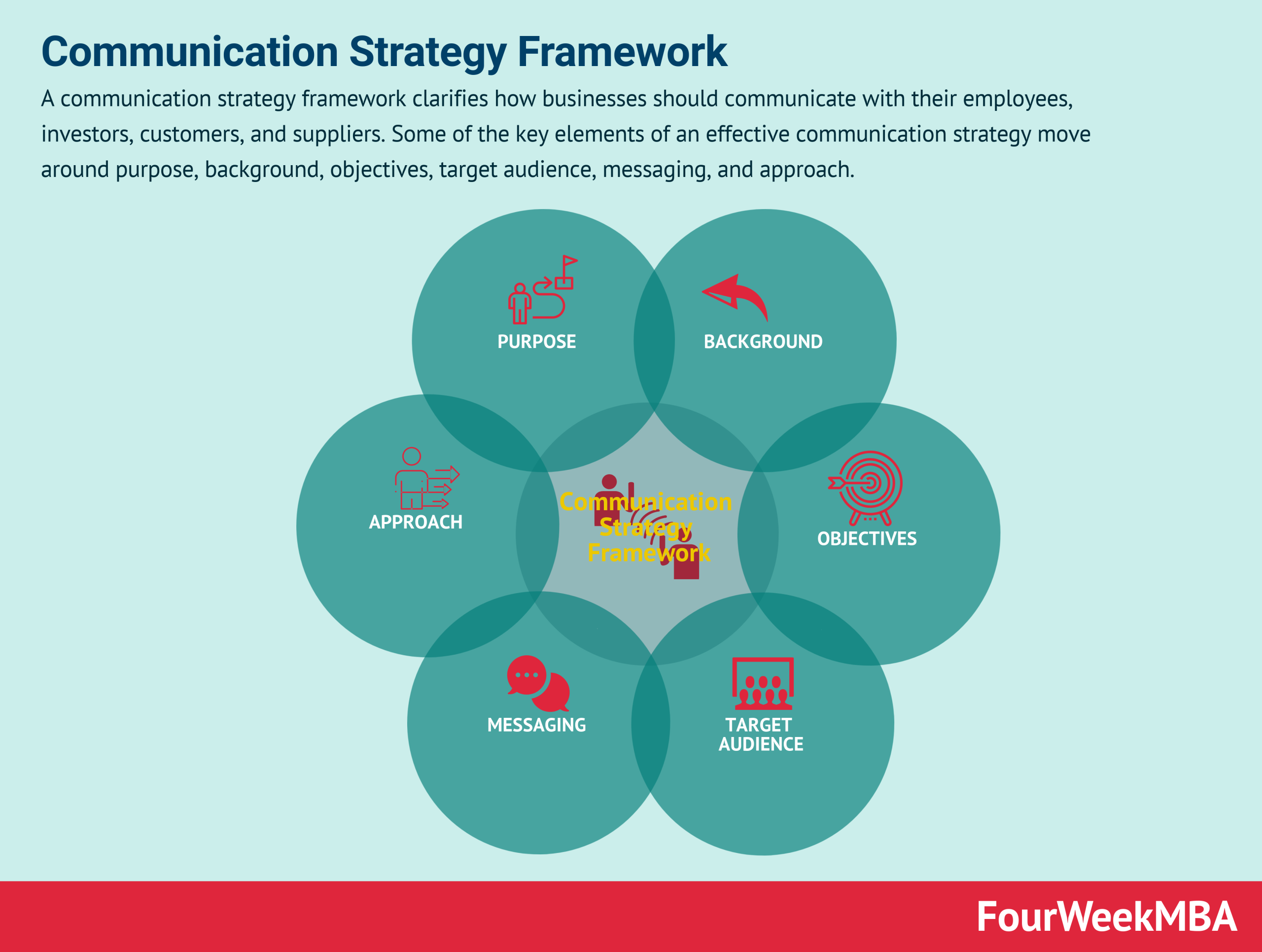Unlocking the Power of "Why": A Guide to Communicating Your Product’s Value

In the bustling marketplace, your product or service is just one voice vying for attention. To stand out, you need to go beyond simply listing features. You need to connect with your ideal customer on an emotional level, showing them how your offering will solve their problems, enhance their lives, and make them feel good. This is the essence of "Why" – the compelling story behind your product that resonates with your target audience.
Here’s the breakdown of how to effectively communicate the features and benefits of your product or service:

1. Know Your Ideal Customer:
Before you can effectively communicate the value of your product, you need to understand your ideal customer inside and out. Ask yourself:
- Who are they? What are their demographics, psychographics, and pain points?
- What are their needs and desires? What problems are they trying to solve? What are their aspirations?
- Where do they hang out? What online and offline platforms do they use?


2. Identify the Key Features and Benefits:

Once you understand your ideal customer, you can identify the features and benefits of your product that will resonate with them. Here’s a simple framework:
- Feature: What does your product do? Focus on the tangible aspects, the "what."
- Benefit: How does this feature solve a problem, fulfill a need, or improve the customer’s life? Focus on the "why" and the "so what."



Example:
- Feature: Our single-story homes are designed with open floor plans.
- Benefit: This creates a sense of spaciousness and flow, making your home feel larger and more inviting. It also makes entertaining guests a breeze, as you can easily move between different areas of the home.


3. Emphasize the Emotional Connection:
People buy based on emotion, not logic. When communicating the benefits of your product, focus on how it will make your customers feel. Will it make them feel:
- Safe and secure?
- Confident and successful?
- Connected and loved?
- Free and relaxed?



Example:
- Benefit: Our single-story homes offer a sense of security and ease, eliminating the worry of stairs and making it easier to age in place. This allows you to focus on enjoying your life, knowing that your home is a safe and comfortable haven.
4. Tell a Story:
Stories are powerful tools for connecting with people. Use storytelling to illustrate the benefits of your product and make it relatable to your ideal customer. Here are some storytelling techniques:
- The "before and after" story: Show how your product transformed someone’s life.
- The "problem and solution" story: Highlight a common problem your customers face and how your product provides the solution.
- The "personal connection" story: Share a personal anecdote that demonstrates the value of your product.
Example:
- Story: Sarah, a busy working mom, was struggling to find a home that met her family’s needs. She wanted a spacious and comfortable space, but she also wanted to feel safe and secure. After discovering our single-story homes, Sarah found the perfect solution. The open floor plan allowed her to easily keep an eye on her children, and the accessibility features gave her peace of mind knowing that her home would be adaptable to her family’s needs for years to come.
5. Use Visuals:
Images, videos, and infographics can be powerful tools for communicating the features and benefits of your product. Use visuals to:
- Show, don’t tell: Visuals can bring your product to life and make it more tangible for your customers.
- Create an emotional connection: Images and videos can evoke emotions and make your product more appealing.
- Simplify complex information: Infographics can break down complex concepts into easy-to-understand visuals.
Example:
- Visuals: Use high-quality photographs and videos of your single-story homes, showcasing the open floor plans, spacious rooms, and modern finishes. Create a virtual tour that allows potential customers to experience the homes firsthand.
6. Focus on the "Why" Behind Your Product:
The "Why" is the heart of your message. It’s the reason your product exists and the value it delivers to your customers. Here are some questions to help you define your "Why":
- What is your mission?
- What problem are you solving?
- What impact do you want to have on the world?
Example:
- Why: We believe that everyone deserves a home that is both beautiful and functional, a place where they can feel safe, comfortable, and connected. Our single-story homes are designed to meet the needs of a diverse range of people, from young families to empty nesters, providing a sense of peace and security for years to come.
7. Don’t Forget the Call to Action:
Once you’ve effectively communicated the features and benefits of your product, tell your customers what you want them to do next. Provide a clear and concise call to action, such as:
- Visit our website to learn more.
- Schedule a consultation with our team.
- Download our free brochure.
8. Continuously Improve:
The process of communicating the value of your product is an ongoing one. Continuously monitor your results, gather feedback from your customers, and adapt your messaging accordingly.
Here’s how to apply these principles to single-story homes:
Ideal Customer:
- Demographics: Empty nesters, families with young children, individuals with mobility limitations.
- Psychographics: Value safety, comfort, convenience, and ease of maintenance.
- Pain Points: Concerns about stairs, aging in place, limited space, high maintenance costs.
Key Features and Benefits:
- Feature: Open floor plan
- Benefit: Spacious and inviting, easy to entertain, promotes a sense of togetherness.
- Feature: Accessible design
- Benefit: Safe and easy to navigate, adaptable for aging in place, reduces risk of falls.
- Feature: Low maintenance exterior
- Benefit: More time to enjoy life, less stress and hassle, saves money on upkeep.
- Feature: Energy-efficient features
- Benefit: Lower utility bills, environmentally friendly, reduces carbon footprint.
Emotional Connection:
- Safety and security: A single-story home provides peace of mind, knowing that you and your family are safe and secure.
- Comfort and ease: Our homes are designed for comfort and convenience, making everyday life easier and more enjoyable.
- Independence and freedom: A single-story home allows you to maintain your independence and enjoy your life to the fullest, regardless of age or ability.
Storytelling:
- The "before and after" story: Share the story of a couple who downsized to a single-story home and discovered a new sense of freedom and ease.
- The "problem and solution" story: Highlight the challenges of aging in place and how a single-story home provides the perfect solution.
- The "personal connection" story: Share a personal anecdote about the joy and peace of mind that comes with living in a single-story home.
Visuals:
- High-quality photographs and videos: Showcase the beauty and functionality of your single-story homes.
- Virtual tours: Allow potential customers to experience the homes firsthand.
- Infographics: Explain the benefits of single-story living in an easy-to-understand format.
Why:
- Mission: To provide beautiful, functional, and accessible homes that enhance the quality of life for our customers.
- Problem: Many people struggle to find homes that meet their needs, especially as they age.
- Impact: We want to create a world where everyone has access to a safe, comfortable, and enjoyable home.
Call to Action:
- Visit our website to view our floor plans and learn more about our homes.
- Schedule a consultation with our team to discuss your specific needs and goals.
- Download our free brochure to discover the benefits of single-story living.
By consistently focusing on the "Why" behind your product and communicating its value effectively, you can create a compelling message that resonates with your ideal customer and drives sales. Remember, it’s not just about the features, it’s about the benefits and the emotional connection you create. When you tell a compelling story, your customers will be more likely to see themselves in your product and make an informed purchasing decision.
